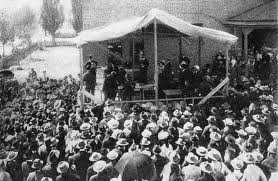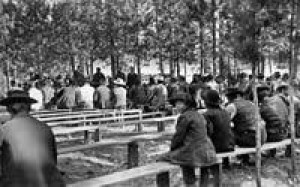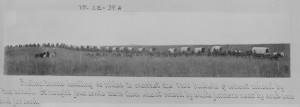-
Legislation on behalf of the federal government’s Indian wards often served an individual congressman’s own agenda or sensibility, rather than the best interests of Indians. Several pieces of legislation had particularly dire consequences, and the next posts will look at a few of these harmful laws or acts.
- Congressman Henry Dawes of Massachusetts sponsored the 1887 General Allotment Act (The Dawes Severalty Act), in which each head of a family received 160 acres of land (or 320 acres of grazing land). Most reservations held land well over the amount needed for allotments, so the surplus reservation land was sold to outsiders.
The allotted land held by Indians could not be sold for 25 years, and after that period, the Indian landholders would become American citizens. Like much legislation of the period, it did not work out well for Indians, who were usually relegated to unprofitable land that couldn’t sustain them. They fell into poverty, sold or were cheated out of their land, and never became the prosperous small farmers that Congress had envisioned.
From 1887 to 1934, 90 million acres of Indian reservation land were transferred to non-Indian ownership and control.





